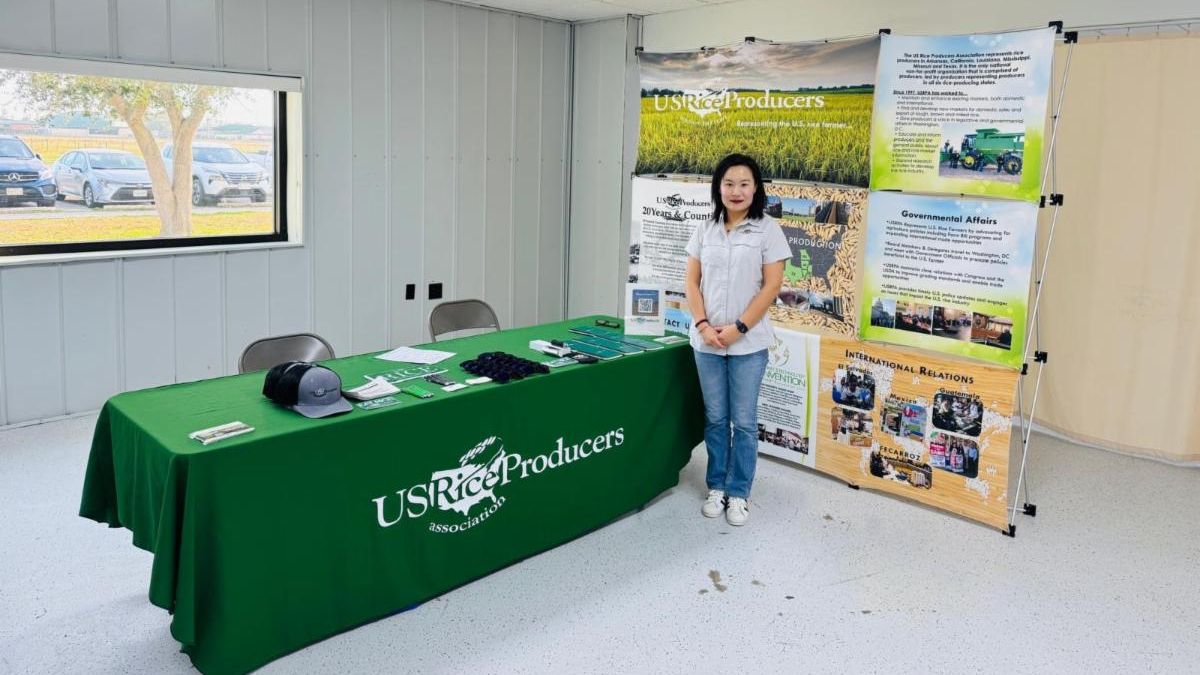Brooke Rollins Confirmed as Secretary of Agriculture:
On Thursday, Trump’s nominee to lead the U.S. Department of Agriculture (USDA), Brooke Rollins was officially confirmed on the Senate floor by a vote of 72-28. Before her confirmation vote, the Senate Committee on Agriculture, Nutrition, and Forestry had favorably reported her unanimously 23-0 out of the Committee. Not surprisingly, Rollins was able to garner considerable support from Democrats for her nomination, unlike many other Trump appointees who were only confirmed on party-line votes. With a new Secretary of Agriculture finally in place, it helps streamline the process for other Senate-confirmed positions at USDA to start going through the confirmation process and continue making progress in staffing up the Department.
House Ag Holds Hearing on the State of the Farm Economy:
On Tuesday, the House Committee on Agriculture held a hearing titled, “Examining the Economic Crisis in Farm Country.” Featured testimony included representation from various producers across the country as well as an agricultural economist. Democrats and Republicans alike agreed that a new farm bill providing stability and support for farmers facing economic challenges is paramount to industry viability. Republicans focused on strengthening the farm safety net and avoiding the reliance on ad hoc agricultural disaster assistance, whereas Democrats argued that the Administration’s use of tariffs, firing of federal employees, and funding freezes would intensify trials and tribulations felt at the farm gate. Other topics discussed included the impact of tariffs, labor costs, the struggle to keep up with rising input costs, and the need for improved crop insurance and risk management tools to support the agricultural sector. You can watch the full hearing here.
Senate Agriculture Committee Advances Secretary of Agriculture Nomination
On Monday, the Senate Agriculture Committee voted 23-0 to advance the nomination of Brooke Rollins to serve as the Secretary of Agriculture. During her nomination hearing in January, Rollins received questions on a number of topics, including climate and conservation, market access and trade, diversity efforts within the Department, and nutrition. Rollins’ nomination now goes to the full Senate. The Senate is expected to take up her nomination next week and Rollins is expected to be confirmed by the chamber.
USRPA Signs on in Support of Crop Insurance
This week, USRPA joined other agriculture organizations in writing to the Budget and Appropriations Committee leadership in support of protecting crop insurance. The letter expresses the importance of crop insurance to farmers and urges the leadership to prevent it from being cut during the budget process. Republican leadership is currently charting a path for a budget reconciliation package that is expected to include spending cuts across the federal government, but conversations are ongoing on where those cuts will occur. A copy of the letter can be found here.
Lee Zeldin Sworn in as EPA Administrator
On Thursday, Lee Zeldin was sworn in as Administrator of the Environmental Protection Agency. Administrator Zeldin previously represented New York’s first congressional district before stepping down to run for governor in 2022. Administrator Zeldin emphasized the importance of protecting the economy and the environment during his nomination process. He is expected to put forth an agenda focused on deregulation. Administrator Zeldin was confirmed Wednesday on a 56-42 vote, with Sens. John Fetterman (D-PA), Ruben Gallego (D-AZ), and Mark Kelly (D-AZ) voting with all Republicans in favor of confirmation.
Robert F. Kennedy Jr. Testifies Before Senate Committees
This week, President Trump’s nominee to be Secretary of the Department of Health and Human Services Robert F. Kennedy testified before the Senate Committees on Finance and Health, Education, Labor, and Pensions (HELP). Senators raised concern about Kennedy’s stances on agriculture, including pesticide policy and genetically modified organisms, as well as his stances on food policy, which have centered on food additives and ultra-processed foods. They urged him to allow USDA and EPA to guide agriculture policymaking to ensure policies implemented do not negatively impact farmers. The Senate Finance Committee will be the committee to determine if his nomination will be considered by the whole Senate. The Finance Committee has not yet scheduled when it will meet to vote on his nomination but its Chairman Mike Crapo (R-ID) indicated that he plans on holding the vote next week. A recording of the Senate Finance hearing can be found here and of the HELP hearing can be found here.






 Congresswoman Julia Letlow with Louisiana producers.
Congresswoman Julia Letlow with Louisiana producers.






 The
The 




 J
J


